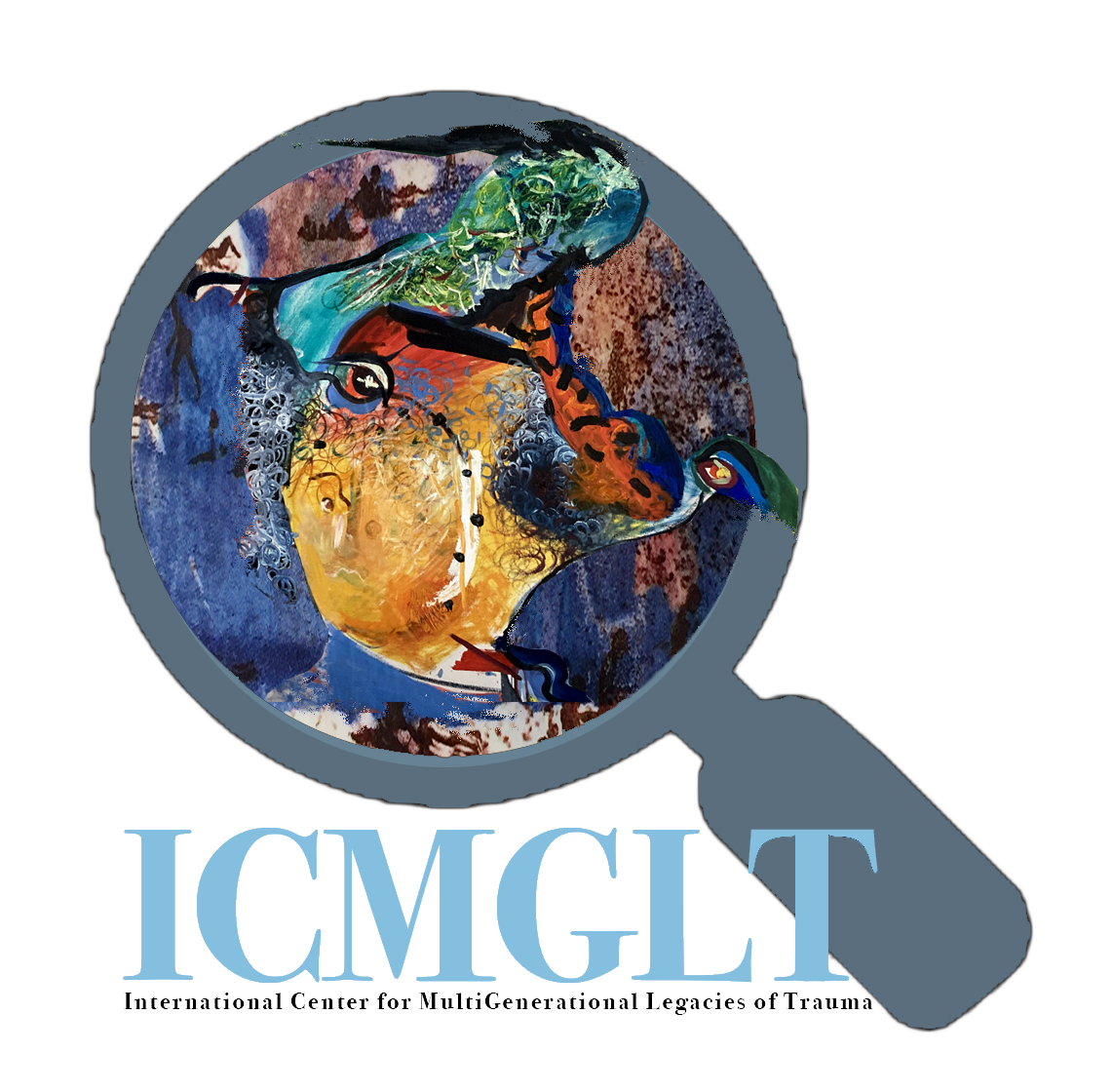Lawrence, G. L. (2012). The relationship between historical trauma and cultural buffers, among Choctaw Native American Indians with and without diagnosed depression and/or alcohol abuse. The University of Oklahoma Health Sciences Center.
Abstract
Native American Indians as a population have one of the highest prevalence rates of alcohol abuse and depression of any population group. Native historians have described the historical trauma experienced by Native American Indians as an antecedent to the mental health and substance abuse issues experienced today as a result of the lost protective beliefs and practices. Therefore the aim of this study is to examine and describe the inter-relationship of historical trauma (sources of stress), cultural buffers (coping mechanisms), and depression and alcohol abuse (health outcomes). The Indigenist Stress-Coping Model guided the approach of this descriptive correlational study. One hundred and thirty-one Choctaw Native American Indians participated in this study that demonstrated a significant relationship between historical trauma/loss and Historical Loss Associated Symptoms (r = ─ 0.44, p < 0.0001), the cultural buffer spirituality and religiosity (r = – 0.21, p = 0.014), and mental problems (r = ─ 0.18, p = 0.041). Also those who used alcohol had 1.79 time higher odds of having mental health problems, 1.79 time higher odds of comfort with providers/healers, 1.23 higher odds of finding providers helpful in addressing emotional problems, and 1.54 higher odds of having physical problems. There were also significant correlations between historical loss and social and cultural attitudes (r = -0.24, p = 0.006), between historical loss and spirituality/religiosity (r = -0.21, p = 0.014), and between historical loss and mental health problems (r = -0.18, p = 0.041). The result indicated the variables depression and alcohol abuse, traditional healing and physical problems significantly discriminated between men and women. The significant correlation between trauma, spirituality/religiosity and health outcomes demonstrates that cultural buffers whether traditional or non-traditional play a role as moderators to and predictors of health outcomes.

